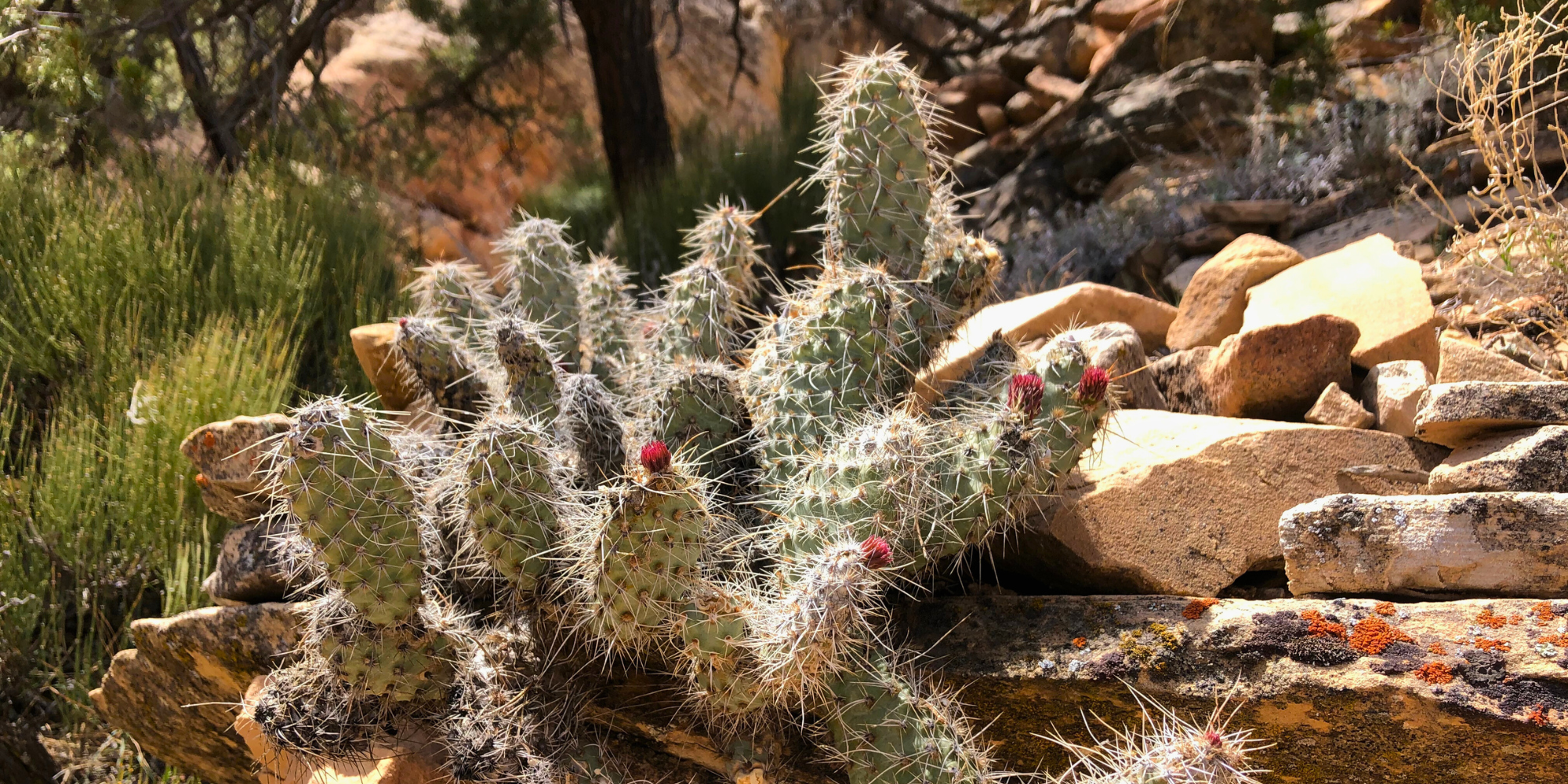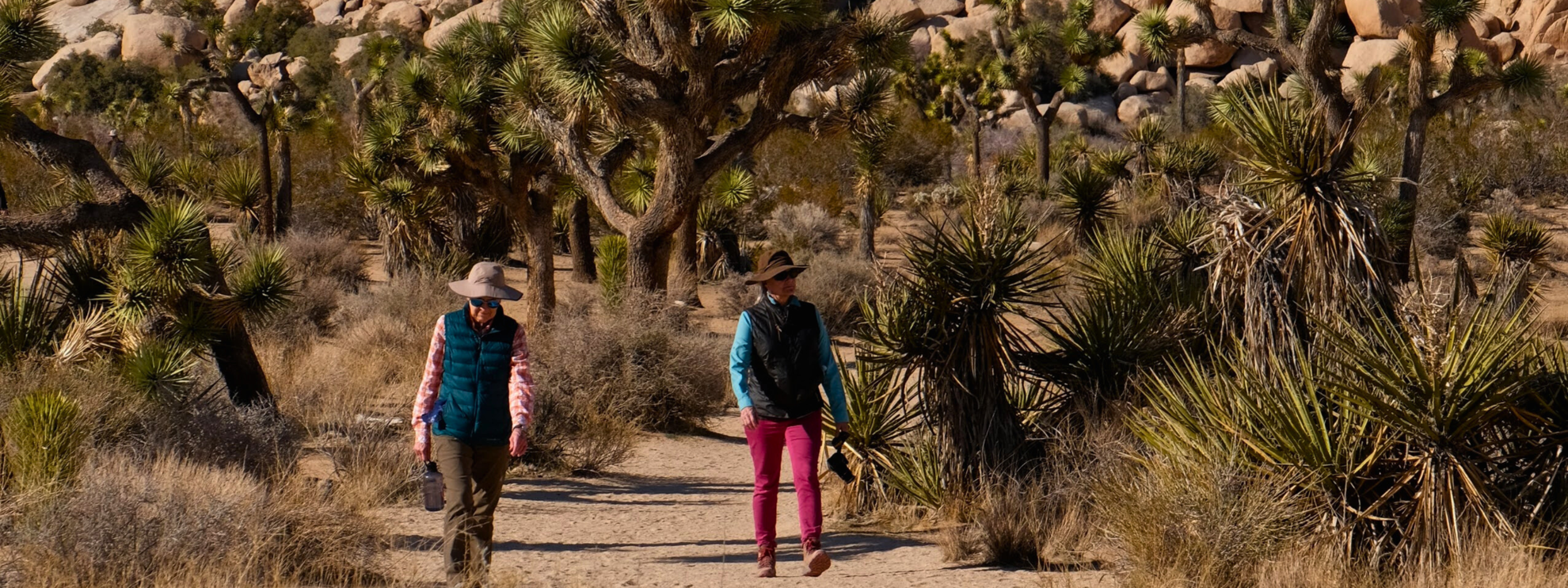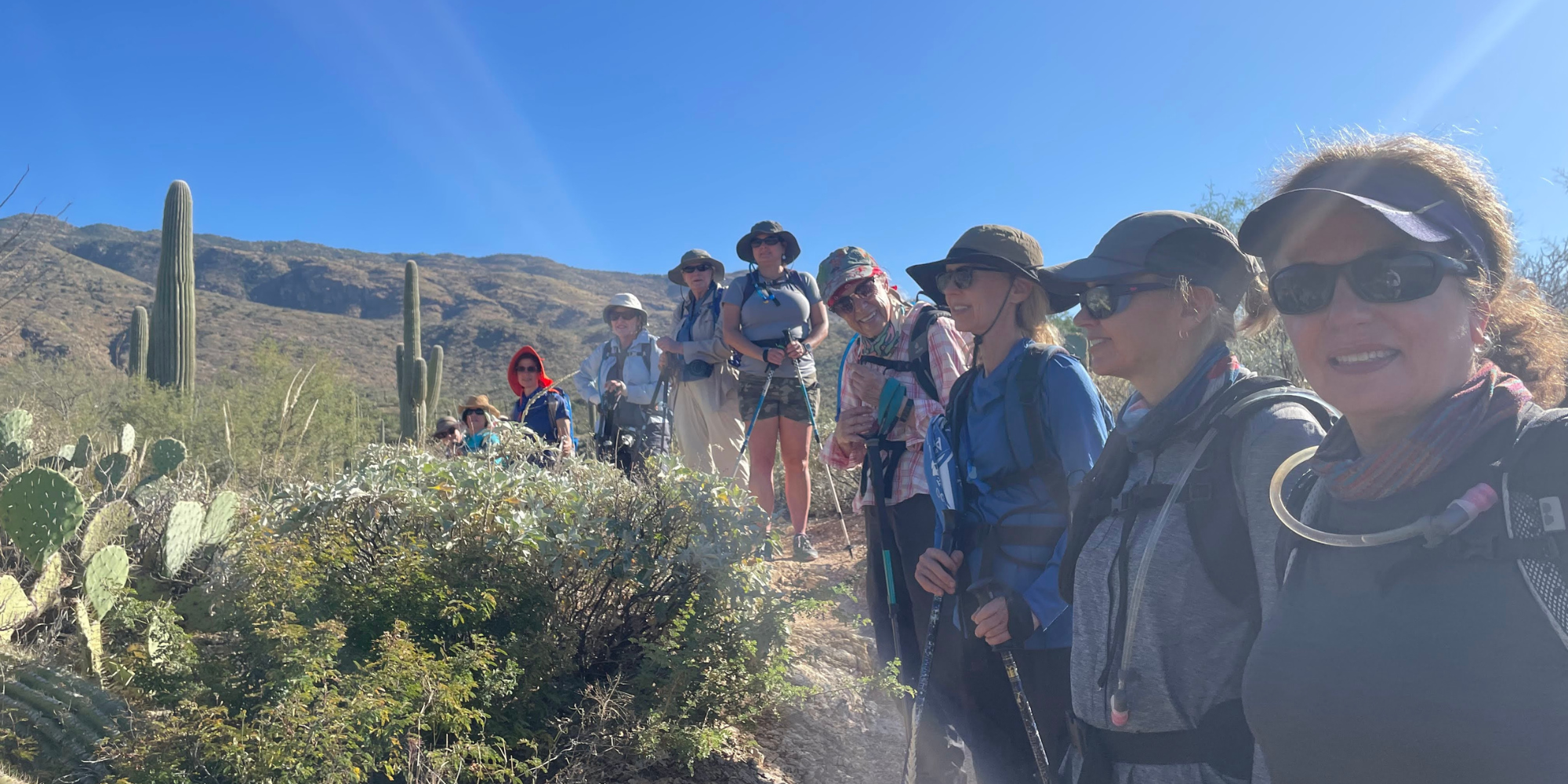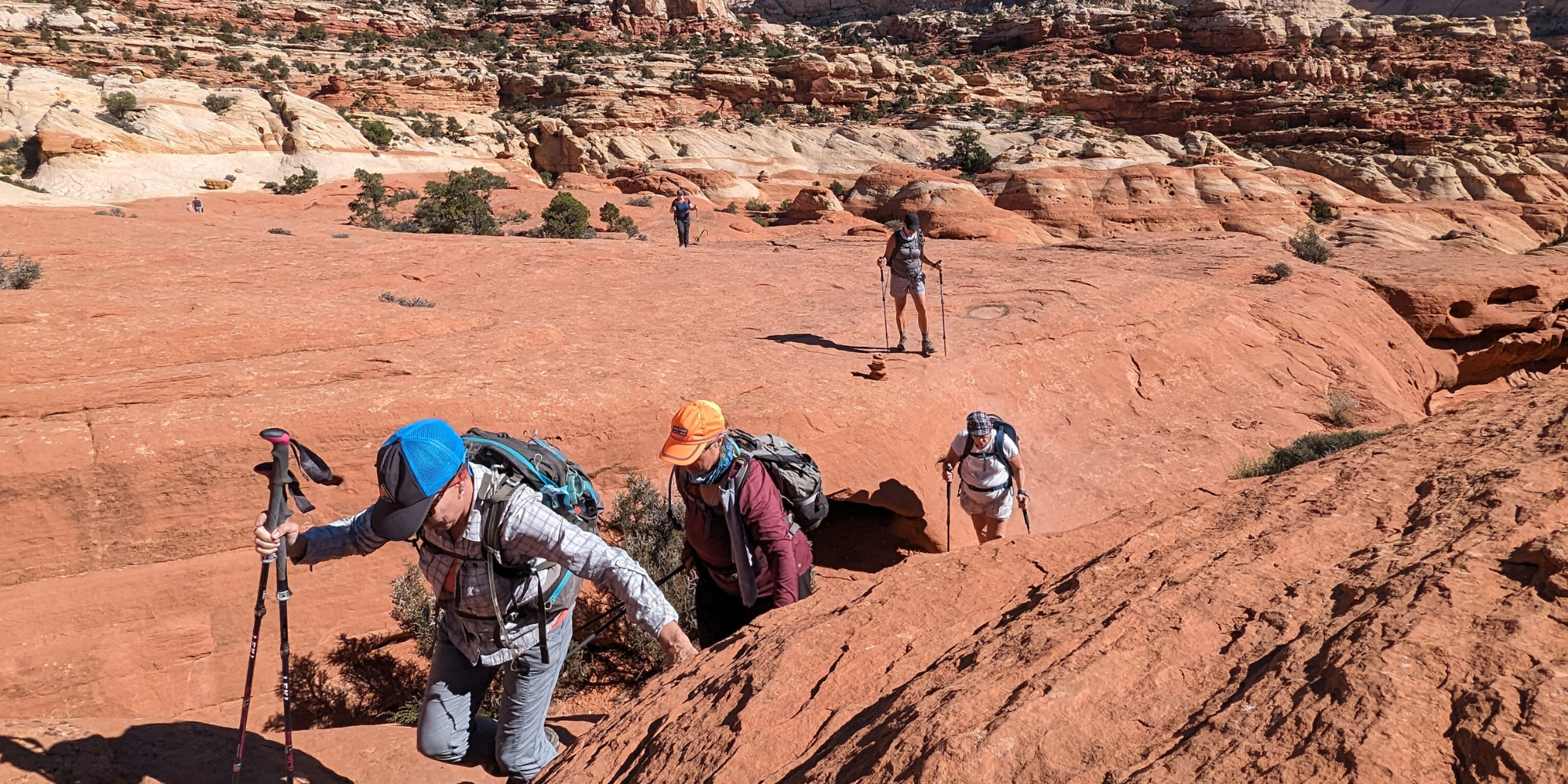If you’ve just signed up for your first desert hiking trip—congratulations! You’re about to experience a landscape like no other. Towering red rocks, wide-open skies, surreal cactus forests, and the warm glow of the sun over sand and stone await you. But hiking in the desert comes with a few quirks and challenges that are very different from a forest hike or alpine trail.
To help you prepare, we’ve put together a list of five essential items that many desert first-timers might not think to pack. These aren’t your standard "bring water and sunscreen" suggestions (though yes—bring both!). These are smart, lightweight additions to your pack that can make your desert adventure safer, more comfortable, and a lot more fun.
1. Map App on Your Phone
Why You Need It: Desert trails often cross dry creek beds (called “washes”) or rock slabs with few visual markers. It’s easy to find yourself wondering, “Is this a trail junction or just a wash crossing?” A good map app can help you stay oriented and on track.
Tips for Use:
-
Download offline maps before you head out. Apps like Gaia GPS, AllTrails, or OnX Backcountry allow you to see your location even with no cell service.
-
Learn how to read topographic lines and trail overlays before your trip, these will help you distinguish between real trail junctions and impromptu paths made by flowing water.
-
Keep your phone charged. A lightweight power bank or solar charger can be a lifesaver.

2. Tweezers + a Fork
Why You Need It: Desert plants are beautiful, but they bite. From jumping cholla to barrel cacti, the spikes are real, and persistent. Even a gentle brush against some of these plants can leave you with an unwelcome souvenir, and this cactus removal kit can save your day.
Tips for Use:
-
Keep a pair of flat-tipped tweezers in your first aid kit for pulling out small spines.
-
A fork (yes, like from your kitchen) is surprisingly useful for flicking off larger clumps of cactus—especially if you have an unfortunate run-in with cholla.
-
Don’t try to pull cactus spines out with your fingers, they often have tiny barbs that dig in deeper.
-
Use duct tape or a hair waxing kit to remove glochids (the irritating hair-like spines that are hard to see)
3. Extra Water + Electrolytes
Why You Need It: You’ll dehydrate faster than you think in the desert, even if you’re not sweating much. The dry air and constant sun exposure mean your body is constantly losing water. On top of that, the desert can zap your electrolytes, leading to fatigue, cramps, and even heat exhaustion.
Tips for Use:
-
Carry more water than you think you’ll need. A good rule of thumb is one liter per hour of hiking.
-
Use a hydration bladder so you can sip consistently without stopping.
-
Bring electrolyte tablets or powders (like Nuun, Liquid I.V., or LMNT) to add to your water—especially on longer hikes or hotter days.
-
Pre-hydrate the night before your hike, and sip steadily rather than chugging.
4. A Dashboard Sunshade or Sun Umbrella
Why You Need It: There’s a lot less natural shade in the desert, especially during mid-day. If you get delayed, injured, or just need a break, having your own portable shade can be the difference between comfort and serious heat stress.
Tips for Use:
-
A foldable car sunshade is surprisingly effective and light. Pop it open, lean it against a rock, and you’ve got instant shelter.
-
A sunbrella (an umbrella designed to reflect heat and UV rays) can be used while walking or during breaks.
-
Look for reflective materials, silver or white shades reflect sunlight best.
5. Trekking Poles
Why You Need Them: Desert trails often include steep rock slabs, sandy washes, or uneven terrain. Trekking poles give you better balance and traction, and, importantly, help you avoid the temptation to steady yourself with your hands on spiky plants!
Tips for Use:
-
Use poles with rubber tips to avoid damaging slickrock and to improve grip on hard surfaces.
-
Adjust your poles for downhill sections: slightly longer for descents, slightly shorter for climbs.
-
When you’re crossing sand over rock, plant the poles first to test for stability.
Final Thoughts
Desert hiking is full of surprises, some magical, some... less so. But with the right gear and a little preparation, you can turn unexpected challenges into manageable moments. These five simple additions to your hiking pack will help you navigate tricky terrain, stay safe, and enjoy the desert for all its quiet, wild beauty. So double-check that pack, charge your phone, and grab that sun umbrella. Adventure awaits—and now, you’re ready for it.





